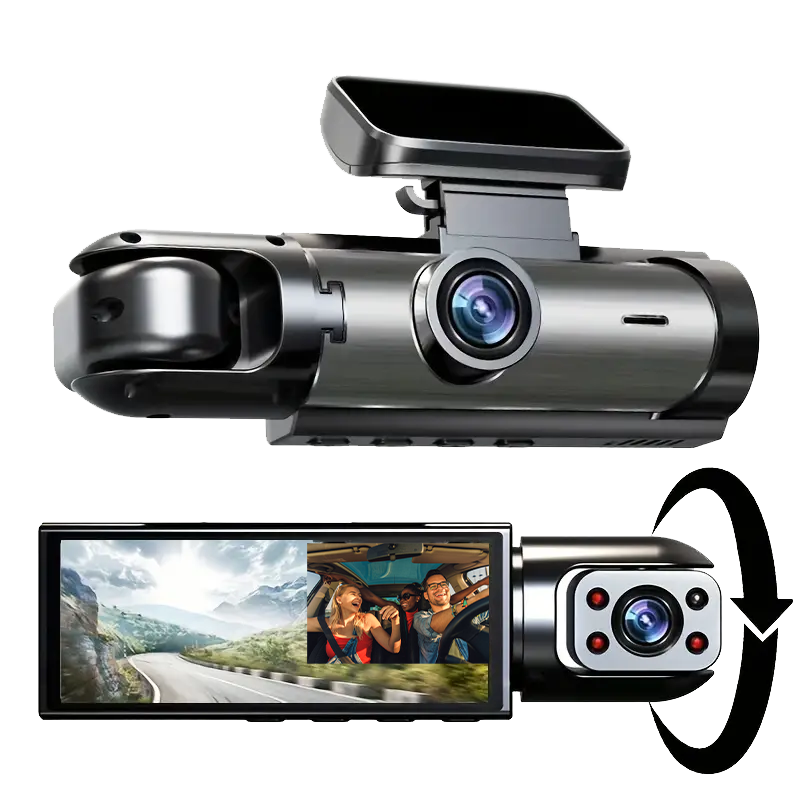
Delahaye Delahaye 148 1937-1953

| Delahaye 135/138/148/168 | |
|---|---|

Delahaye 135 MS Cabriolet Pourtout
|
|
| Overview | |
| Manufacturer | Delahaye |
| Production | 1935–1954 ca. 2,000 built |
| Designer | Jean François |
| Body and chassis | |
| Class | Luxury car |
| Layout | FR layout |
| Related | Delahaye 134 Delahaye 175 |
| Powertrain | |
| Engine | 3,227 cc straight-6, 95–110 hp (71–82 kW) 3,557 cc straight-6, 90–160 hp (67–119 kW) |
| Transmission | 4-speed manual 4-speed pre-selector |
| Dimensions | |
| Wheelbase | 2,950 mm (116 in) |
| Curb weight | 935 kg (2,061 lb) (chassis) 1,250–1,640 kg (2,760–3,620 lb) |
| Chronology | |
| Successor | Delahaye 235 |
The Delahaye automobile manufacturing company was started by Emile Delahaye in 1894, in Tours, France.
By the mid-thirties, its long and low-slung chassis served as the basis for some of the most beautiful automobiles ever built. Most of the great coachbuilders, including Figoni et Falaschi, Chapron, and Letourneur et Marchand, provided bodies for these cars. The 148L chassis, manufactured from 1937 to 1953, was 3.15 meters long and included hydraulic brakes. This later 148L was bodied by the Letourner et Marchand Company. It remains in its original, un-restored condition.
The Delahaye Type 148 was produced from 1937 through 1953. This luxury car shared many mechanical components with its Delahaye 135 sibling. Power was from a six-cylinder engine that offered around 100 horsepower and mated to a four-speed manual gearbox.
As with the 135/138, a less sporty, longer wheelbase version was also built, called the "148". The 148 had a 3,150 mm wheelbase, or 3,350 mm in a seven-seater version. On the two shorter wheelbases, a 134N was also available, with a 2,150 cc four-cylinder version of the 3.2-litre six from the 135. Along with a brief return of the 134, production of 148, 135M, and 135MS models was resumed after the end of the war. The 135 and 148 were then joined by the larger engined 175, 178, and 180 derivatives. The 135M continued to be available alongside the newer 235 until the demise of Delahaye in 1954.
168
Presented in December 1938 and built until the outbreak of war in 1940, the Type 168 used the 148L's chassis and engine (engine code 148N) in Renault Viva Grand Sport bodywork. Wheelbase remained 315 cm while the use of artillery wheels rather than spoked items meant minor differences in track. This curious hybrid was the result of an effort by Renault to steal in on Delahaye's lucrative near monopoly on fire vehicles: after a complaint by Delahaye, Renault relinquished contracts it had gained, but in return Delahaye had to agree to purchase a number of Viva Grand Sport bodyshells. In an effort to limit the market of this cuckoo's egg, thus limiting the number of bodyshells it had to purchase from Renault, Delahaye chose to equip it with the unpopular Wilson preselector (even though the marketing material referred to the Cotal version). This succeeded very well, and with the war putting a stop to car production, no more than thirty were supposedly built. Strong, wide, and fast, like their Viva Grand Sport half sisters, the 168s proved popular with the army. Many were equipped to run on gazogène during the war and very few (if any) remain.
